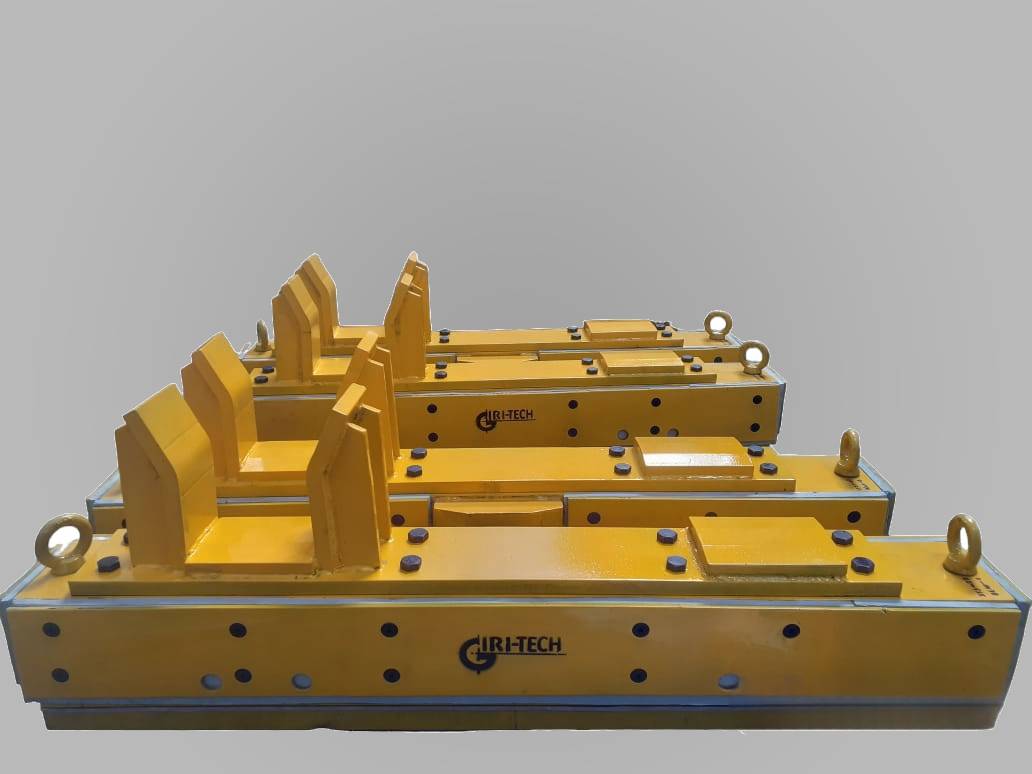
Tundish Weighing System
Tundish Weighing Systems are essential for continuous casting facilities, where liquid steel is transformed into continuous strands. Our Tundish Weighing Systems are designed to determine the weight and control the process in the ladle turret, tundish, and outgoing roller table. Our systems are very robust and can withstand large impact and shock loads. Our high-temperature load cells are designed to fit in tundish car applications and are available with both wire and wireless interconnectivity options.
Our Tundish Weighing Systems are equipped with bars that can withstand temperatures of up to 200°C without any external insulation. These systems can be manufactured to cater to specific high-temperature requirements with air burging and ceramic and insulating materials. The incredibly robust ladle tundish car scales that we offer are designed to withstand prevailing harsh ambient conditions, unaffected by shock, interfering forces, or huge fluctuations in temperature.
Benefits of a Tundish Weighing System
Our Tundish Weighing System offers several benefits, including:
Accurate and reliable measurements ensure precise control over steel quality.
Robust design ensures longevity and durability in the harsh steel-making environment
Easy to install and operate, with minimal maintenance requirements
Customizable to suit your specific tundish weighing needs
Features of Our Molten Metal Weighing System
- High accuracy load cells and advanced digital electronics ensure precise weight measurements
- Rugged and durable construction to withstand harsh steel-making environment
- Customizable design to suit specific requirements
- User-friendly interface for ease of operation
- Compliance with industry standards and regulations
- Low maintenance requirements
How tundish weighing system works?
Our Tundish Weighing System works by measuring the weight of molten metal being poured into tundish for casting. The load cells mounted underneath of tundish car and on the I beam of the stand , the force exerted by the weight of the molten metal, which is then converted into a weight reading using a signal processor. The weight reading is displayed on a digital display or transmitted to a computer or control system for further processing or analysis.

